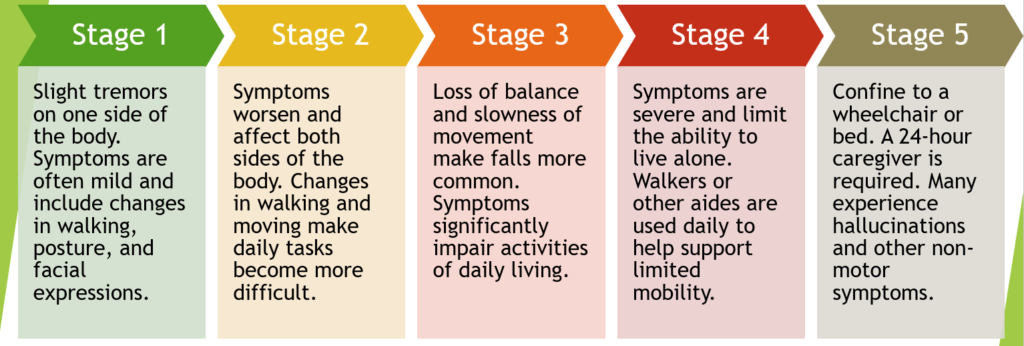Recently my family received the unfortunate news that my grandmother has been diagnosed with stage 1 Parkinson’s disease. This came as a shock to me and since then I have been trying to educate myself about this condition and figure out the best way to support her.
Parkinson’s disease (PD) is a progressive neurological disorder affecting more than 10 million people worldwide. This is caused by the degeneration of dopamine-producing cells in a region of the brain called the substantia nigra leading to a decrease in the dopamine neurotransmitter that is essential for controlling movement and coordination. This decrease in dopamine leads to motor symptoms including hand tremors, slow movement, limb rigidity, imbalance, and non-motor symptoms including cognitive impairment, mental health disorders, sleep disorders, and so on.
What causes this degenerative condition?…we don’t know!
The underlying mechanisms responsible for the deterioration of nerve cells associated with PD are not yet fully understood. Researchers believe a combination of genetic and environmental factors cause the dopamine-producing cells to die. Some of the factors that have been linked to PD include aging, exposure to certain toxins, head injuries, and genetic mutations (Parkin and PINK1 gene).
5 stages of Parkinson’s disease

PD can start with mild symptoms and go unnoticed, but as the condition worsens, symptoms become more obvious and can have a big impact on daily life.
Treatments, not cures: Living with Parkinson’s disease
- Medications: Drugs such as levodopa, dopamine agonists, MAO-B inhibitors, and COMT inhibitors can help manage the motor symptoms of PD.
- Physical therapy: Regular exercise can help improve motor function, muscle strength, increase flexibility, and reduce stiffness, which can be very important in the early stages of the disease.
- Deep brain stimulation: This procedure involves implanting a device called a neurostimulator which sends electrical impulses to specific parts of the brain to lessen the symptoms of PD.
My grandmother’s doctor has prescribed medication to help manage her symptoms and advised her to stay active in any way she can. Is this enough? PD usually develops in people over 60 but it can also occur in younger people, what about them? Is this the only solution?
Unsatisfied with this information, I continued researching until I came across a useful article that offered fresh new perspectives; Stem cells: Parkinson’s treatment breakthrough. Preclinical studies using mesenchymal stem cells have shown promising results for treating PD; aiming to reduce neuroinflammation, modulate the immune system to prevent disease progression, and repair or even replace, the damaged or lost, dopamine-producing cells in the brain. This could lead to significant improvements in motor symptoms like tremors, stiffness, rigidity, and difficulty with movement.

While more research is required to confirm the effectiveness of stem cell therapy on PD, this gives me hope for the future. Stem cells are so powerful, they can renew themselves indefinitely, and be manipulated in the lab to develop into specific cell types, possessing a tremendous potential to be used in therapies to treat a variety of diseases and conditions, why not PD be one of them?
This is a very good, engaging blog, using a well-chosen and appropriate series of illustrations to tell a reflective story. You used reflection throughout and indicated how your learning had guided your research.
You could improve by a little more critical analysis of your sources. For example, is the last source impartial? If not, why not? Should you refer to other research to determine if the claims of this research are valid and acceptable?